Select a province & language
Entrance to this website assumes you have read and agree to these Legal Terms and Conditions and the Privacy Policy.
Entrance to this website assumes you have read and agree to these Legal Terms and Conditions and the Privacy Policy.
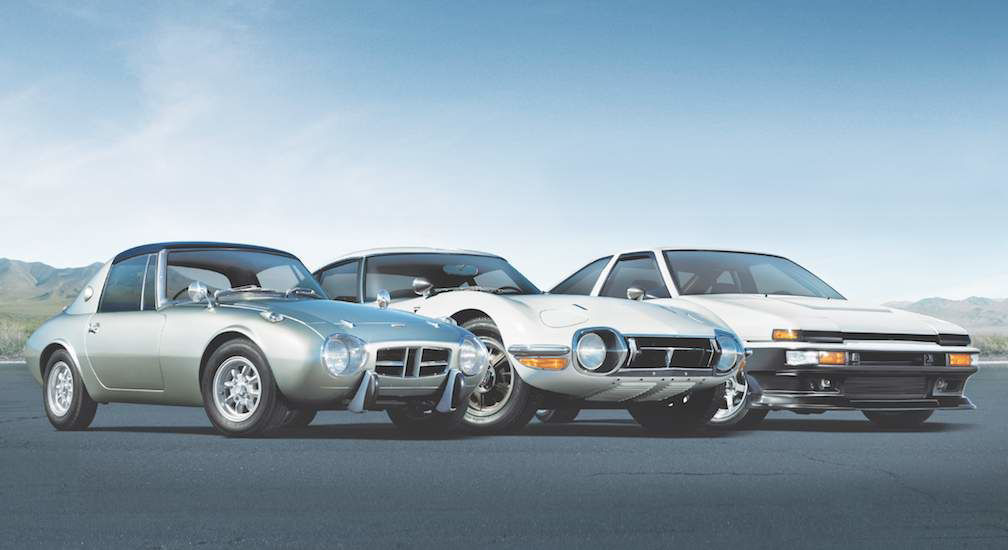
A lot has changed in five decades, but the underlying premise behind this line of vehicles remains the same: the concept of Waku Doki, the Japanese expression for “heart pumping, adrenaline racing.” This captures the spirit of excitement running through all Toyota sports cars.
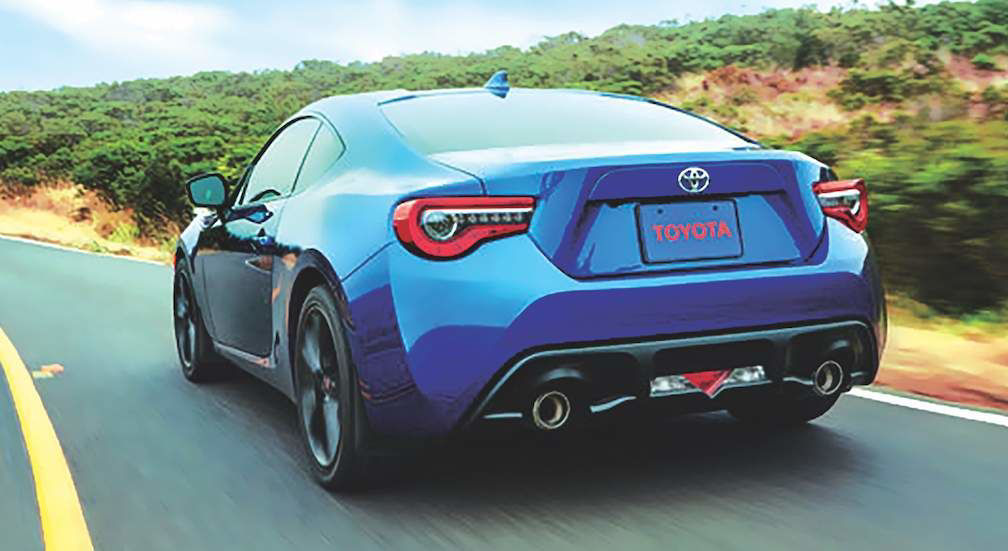
Models like the AE86, Supra and 2000GT have established a strong pedigree and remain in-
demand vintage classics. While all are built to be aerodynamic, stylish, and engaging to drive, it’s when the driver gets behind the wheel that they become so much more.
The Toyota 86 traces its heritage, and name, back to a high-performing Toyota Corolla variant affectionately nicknamed the AE86 by fans around the globe.

The spirit of the AE86 remains alive and well in the 2018 Toyota 86. Like the original AE86, the new 86 delivers pure delight to any driver, whether on the road or the track.
Today’s 86 combines advanced engineering with modern design innovation while remaining true to Toyota’s sports car heritage. Engineered for performance, the 86 features the world’s only boxer engine in a front engine, rear-wheel-drive configuration.
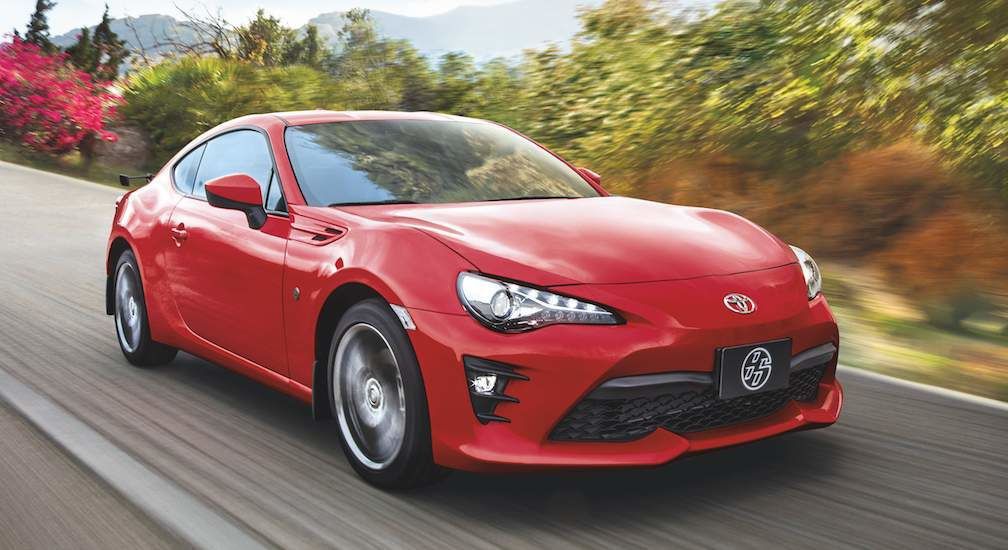
By separating the driving power and steering functions – and using the rear wheels to propel 86 forward – steering ability is maximized to deliver greater agility and responsiveness.
After a decade of not having a sports car in its lineup, the arrival of the Toyota 86 heralded an exciting new era.
The car that would come to be called the AE86 quickly made an impression on performance car enthusiasts. It arrived in an era when many smaller cars, including most variations of the Toyota Corolla, were switching to front-wheel drive in the interests of cost and fuel efficiency.
With drivers in mind, Toyota continued to offer this rear-wheel drive variation.
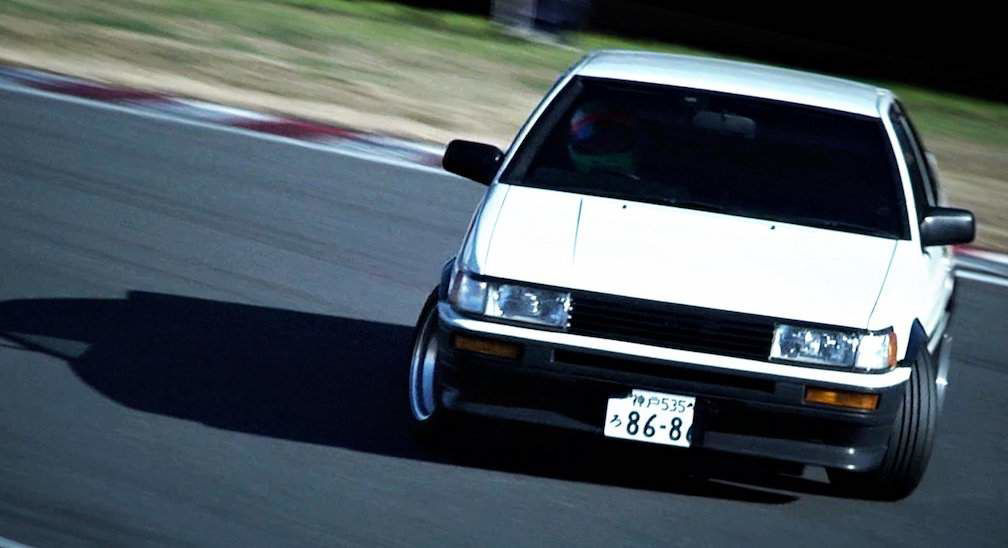
Though officially known as the Toyota Corolla Levin, the vehicle earned the AE86 nickname from the model number for the sports chassis. Soon AE86 quickly became a must-have car with driving dynamics and engagement to challenge many higher-end machines.
Powered by a twin-cam engine with up to 130 horsepower and five-speed manual transmission, the straightforward design of the AE86 was big on driveability. Today, the AE86 is a cult classic and is still a common sight at motorsports event – particularly when it comes to drift racing.
The Toyota Supra left a mark in the history books like few other sports cars.
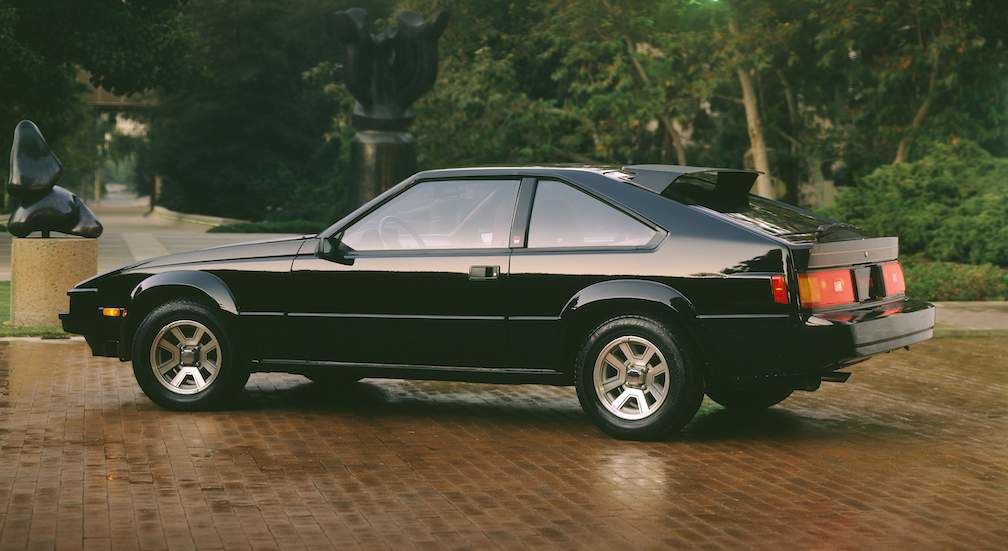
Originally launched in the late seventies as a special variant of the Toyota Celica, the Supra’s designers initially sought to create a bigger, more luxurious, and more powerful variant of that Celica — though over the years, Supra evolved to become one of Toyota’s most instantly recognized performance cars.
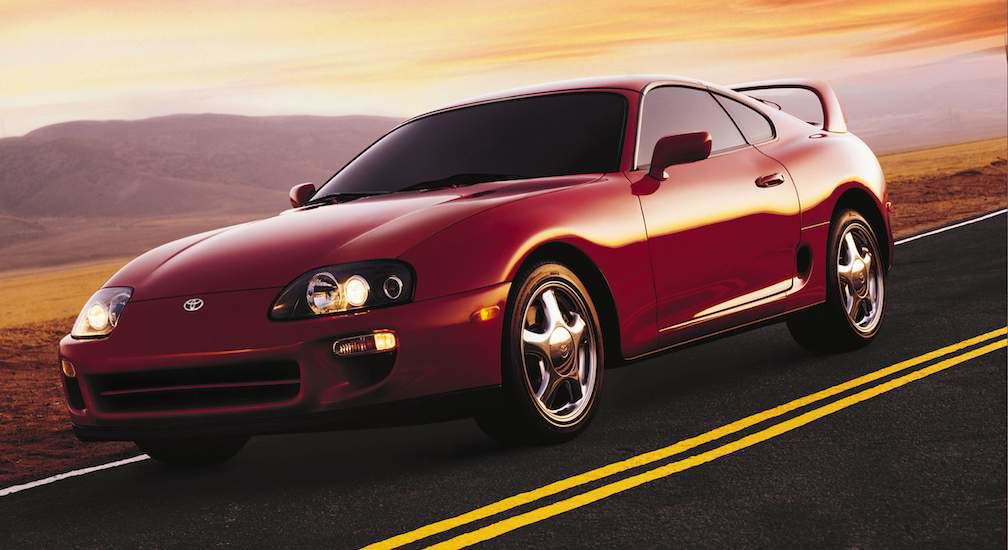
Today, the long-retired model retains an active and passionate community of owners and remains highly sought after.
During the development of the MR2, Toyota refined the prototype with some Formula 1 know-how. American driver Dan Gurney helped with tweaks to handling and suspension during testing in the California desert.
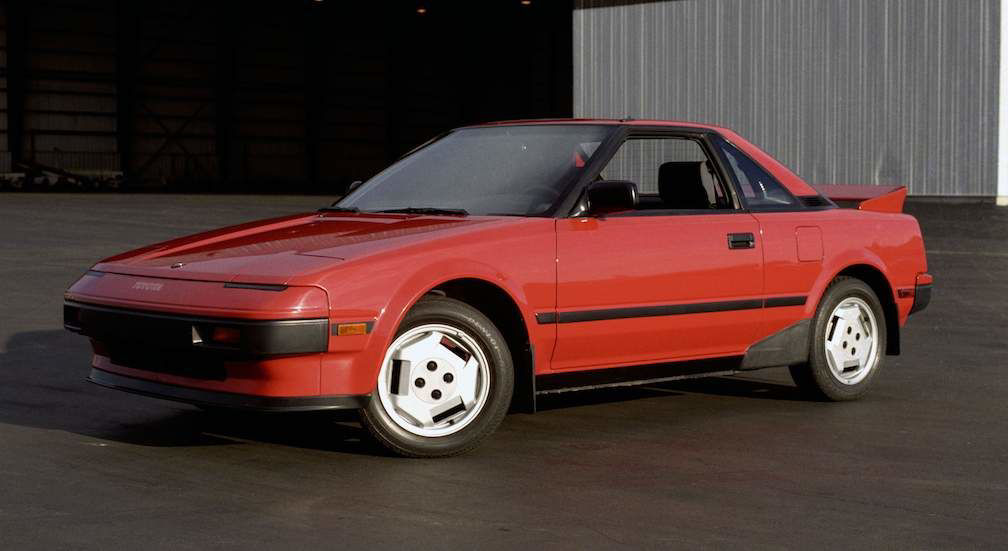
When launched in 1984, the MR2 offered a mid-mounted engine for unbeatable handling, and the two-seat cabin was wrapped in a sleek, lightweight body with a small footprint and a form-fitting two-seat cabin.
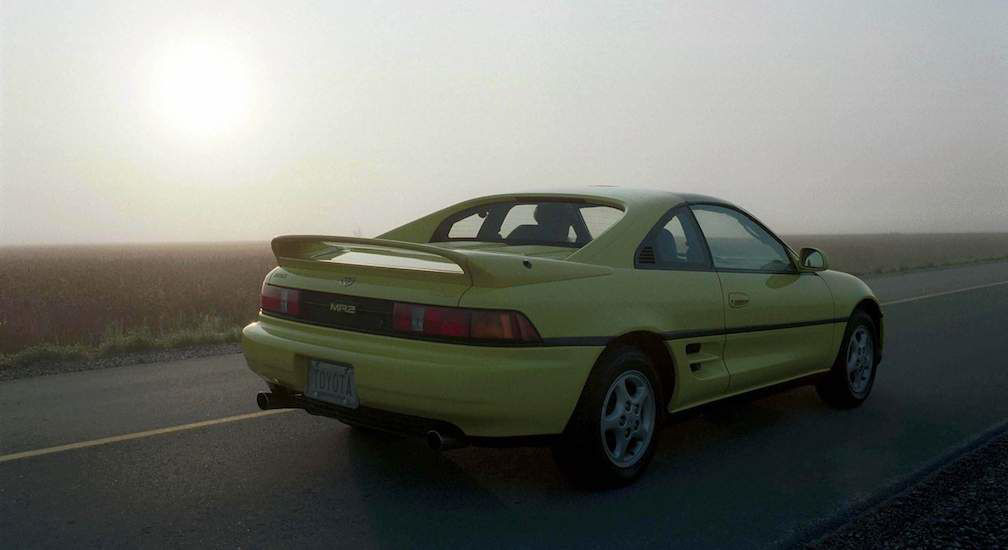
Evolving across seven generations in 30 years, the Celica represents a significant part of Toyota's sports car heritage, ultimately selling over four million units worldwide. Initially launched in 1970, the Toyota Celica was engineered to be easy to drive, entertaining when pushed, and usable every day.
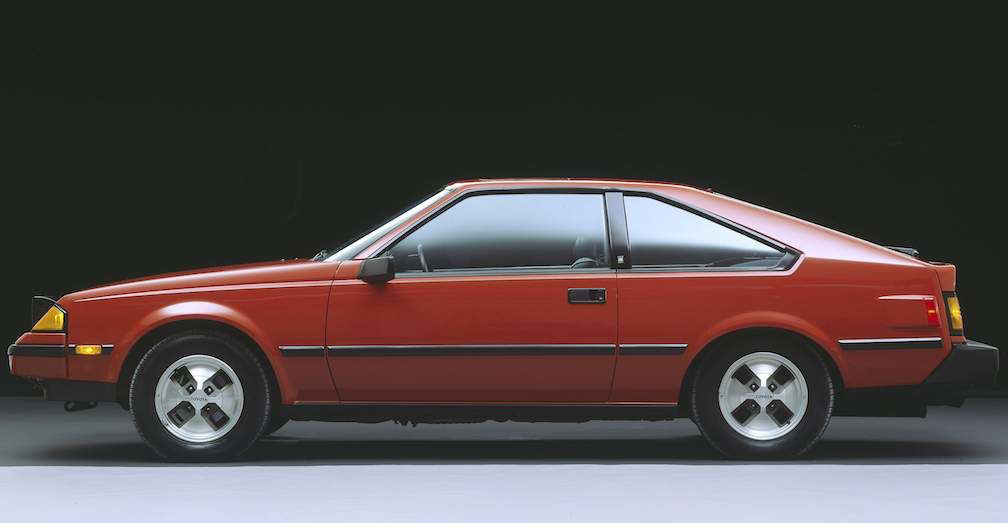
The first-generation Celica offered drivers a special take on seventies sports car styling. The designs would change significantly through the eighties and nineties, but the Celica always retained its style.
Shortly after its Hollywood debut as James Bond’s ride of choice in 1967’s You Only Live Twice, the long-awaited Toyota 2000GT went on sale in Japan.
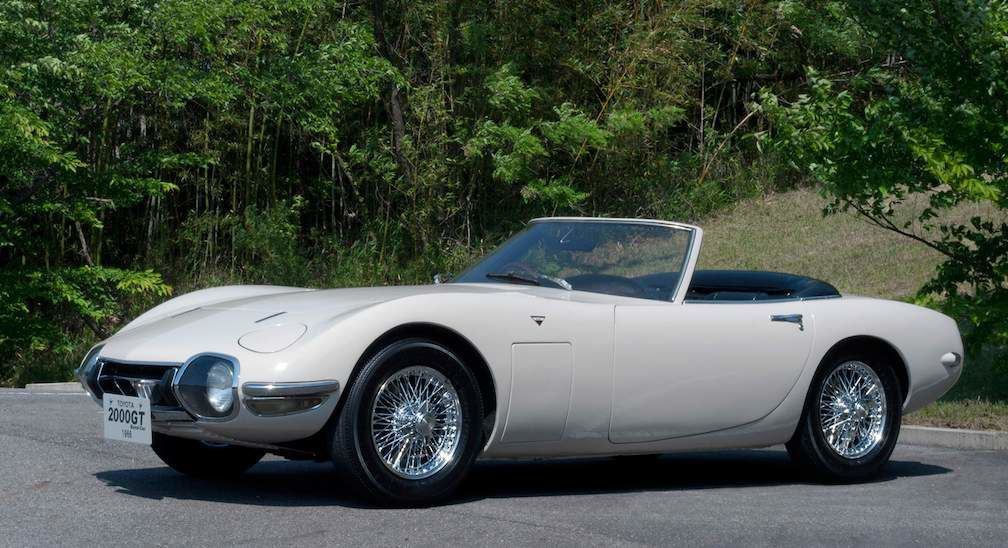
Styled to challenge some of the most exotic cars available in its day, the 2000GT packed 150 horsepower from a 2-litre straight-six engine—enough to propel the original Toyota supercar to record-setting success in motorsports.
The 2000GT was a star that burned bright and fast — enjoying just three years on sale with fewer than 400 units built. Still, the DNA from this archetype of Toyota performance cars lived on — in the form, functionality and emotion built into subsequent models. Today, the 2000GT is so rare and exclusive that some copies have fetched more than a million dollars at auction.
This is the sports car that started it all for Toyota. Although it was small and never sold outside of Japan, two main facets of this powerful and compact performer are still alive and well in the world of Toyota sports cars today.
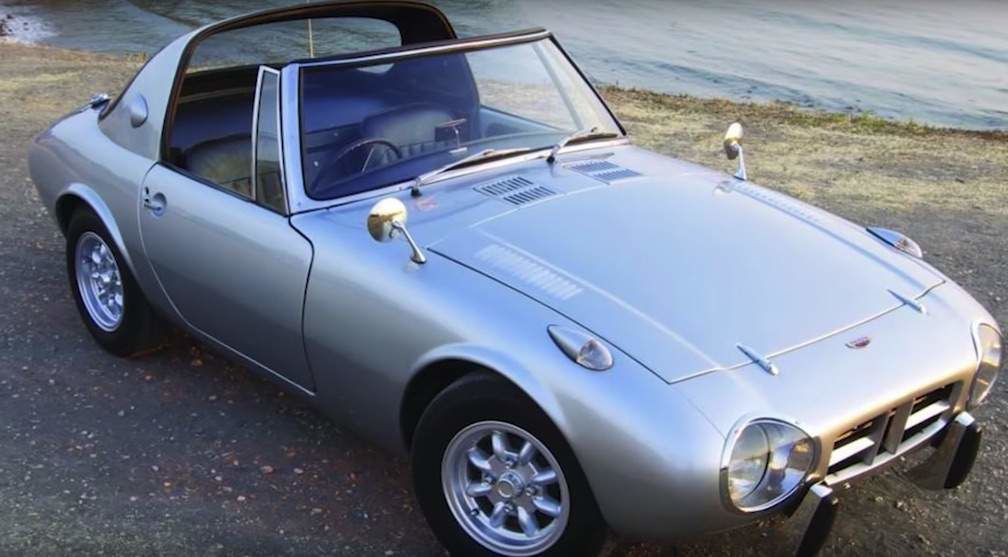
The way the vehicle was optimized to engineering can be traced right through to today’s 86.
While the output of the Sports 800 was relatively modest at 45 horsepower, this was counteracted by the way the rest of the car was built.
With a lightweight body informed by aircraft engineering and an aerodynamic design the Sports 800 was still capable of hitting speeds close to 160 kilometres per hour. The smaller engine size and reduced weight. It also made the Sports 800 remarkably fuel efficient, reportedly achieving 3.2 litres per 100 km.